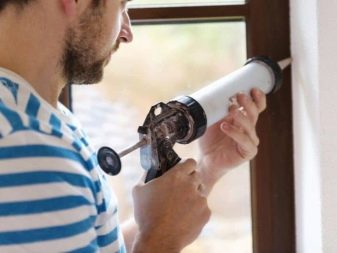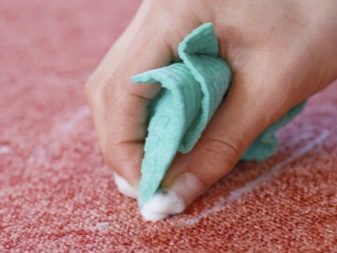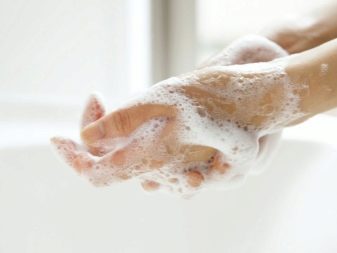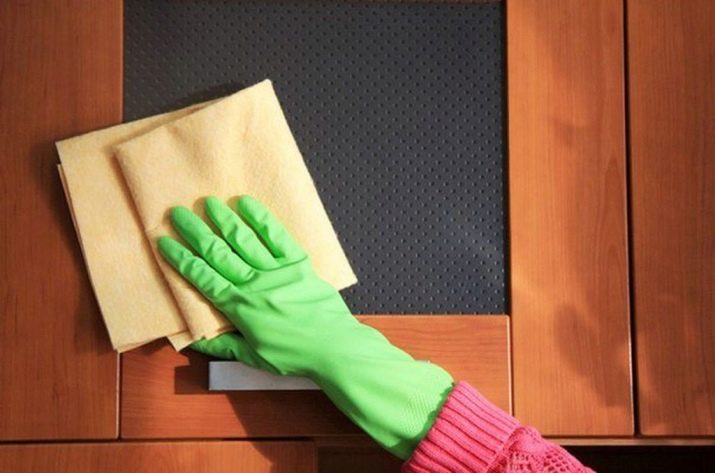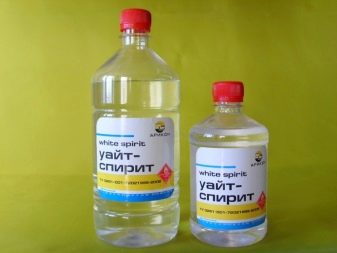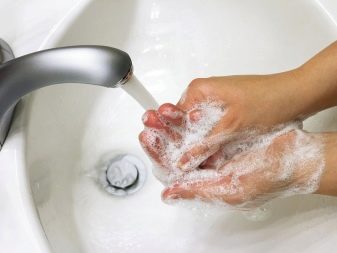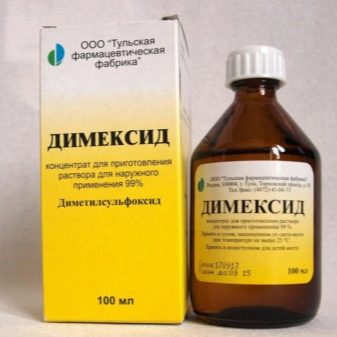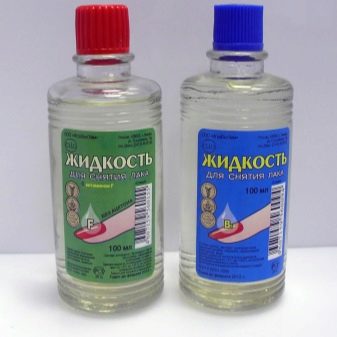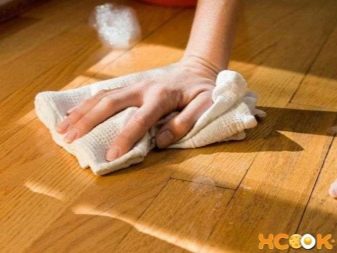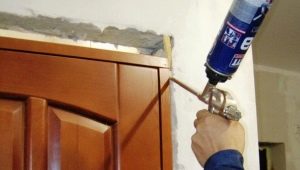How to wash the mounting foam?

For construction and repair today mounting foam is very actively used. In modern times, it is an indispensable means for filling voids, which provides tightness and thermal insulation where it is needed. But when using foam, its particles sometimes get on clothes, skin, and also various surfaces in the room where repair and construction works are carried out. Scrubbing and tearing off frozen material is not so easy. Although there are means and ways to solve this problem.
Material Specifications
When ordinary people talk about mounting foam, they imagine an aerosol can, in which there is a special composition with a soft consistency. This composition is a mixture of propylene (gas) and the so-called prepolymer. Flowing out of the cylinder, this material hardens, turning into polyurethane foam due to the polymerization process.
A valuable material quality is its viscosity. Thanks to it, foam reliably holds together various materials - wood, concrete, plastering mortars. It is this sealant property that becomes a problem if it goes to the wrong place.
Removal tools
You can remove the mounting foam by various means, including special formulations designed to eliminate residual material from certain surfaces.
Cleaner happens:
- for uncured foam;
- for dried material.
It is better to acquire funds for one case, and for another, and the same manufacturer, whose foam is used during installation in a particular case. So the probability of cleaning traces of material from one surface or another will increase.
It should be borne in mind that the cleaners of fresh foam have a more gentle composition for surfaces than those that remove the frozen sealant. If you quickly use such a remover, and then wash the affected area with soap and water, then the object will not be harmed. With the help of special tools you can scrub the remains of foam from leather, fabric, lacquered and laminated furniture.
Small fresh stains are easy to clean with special wipes soaked in cleaning agent. There are also special vessels and cylinders with a cleaning composition for handling tools. The cylinder is wound on the gun and cleans it when the trigger is pressed.
Applying cleaners to dried foam, you need to do it in a room in which the window is open. You should also use special clothes (or one that is not a pity to mess) and gloves. The sealant remover must not be allowed to fall on unprotected skin and even more so in the eyes.
The most effective of these tools greatly soften the old foam, but it may also suffer the surface from which the frozen polyurethane foam just does not rub off. Special means will spoil the varnished product or PVC.
In addition to branded, you can use the compositions that are in the first-aid kit or just in everyday life. Among them stand out:
- medical alcohol;
- petrol;
- "White Spirit";
- vinegar;
- acetone;
- salt;
- drug "Dimeksid";
- vegetable oil;
- soap.
How to wash off from different surfaces?
Often, foam during work is on unprotected areas of the body, especially on the hands. Such incidents do not cause much concern, because after a while the foam itself will disappear along with the epithelium. But sometimes for various reasons it is necessary to immediately clean the skin of the hands. And for this there are various ways:
- If you do not tolerate exposure to chemicals due to allergies or dermatitis, you will have to remove the foam mechanically.Gradually scrape it with a knife. Using scrubs and hard sponges will also speed up the process of freeing the skin from traces of sealant. After this wash, you need to handle your hands with cream.
- To remove the foam from the skin, use salt water. Immerse your hands for five minutes in a container with this liquid, rub them with pumice.
- If the foam has not yet seized, even plain soapy water can help, where you need to lower your hands and rub them with a sponge or sponge.
- You can use medical alcohol, gasoline or acetone, wetting a cotton pad with one of these products and rubbing the soiled skin. After this kind of treatment, hands should be washed and spread with baby cream.
- An excellent and at the same time harmless means of getting rid of traces of sealant is heated vegetable oil. It needs to be rubbed into the skin, wait a bit and rinse. Sometimes, in addition, you have to sprinkle soiled hands with crumbs of washing powder, lather and rinse with copious amounts of water.
- If the foam enters too hard, you will have to smear the skin with a greasy cream and how to rub it with a stiff brush.
Worse, when you have to remove the foam from the hair. Be prepared for the fact that some strand in this situation will have to be cut. It is possible that even after a forced trip to the hairdresser will need to use a chemical agent. The only way out will be to use "Dimexidum".
This synthetic drug for external use with anesthetic and antibacterial action is inexpensive and successfully used in everyday life, and not only for its intended purpose. Against the background of conventional solvents, it is not so bad for the human body. However, it belongs to the category of strongly acting. Absorbed composition very quickly.
After treatment with an agent, the hair should be properly washed and a cosmetic mask should be applied, since under the influence of “Dimexide” their structure is disturbed. The use of the drug can lead to hair loss and irritation of the scalp.
It is not uncommon when, during installation of a window or repair in a room, the sealant falls on a plastic window profile or window sill. Do not clean such surfaces with hard brushes and powders. So you can permanently spoil the look of the window. For disposal of undesirable traces use white spirit, vegetable oil or a cleaner of guns for installation.
You can float and "Dimeksid." Foam should be carefully scraped with a knife, and then with a piece of cotton, heavily soaked with Dimexide, wipe the affected surface. After that, leave the cotton wool in a polluted place for about five to ten minutes. During this time, the remaining sealant should be soft. Now it takes quite a bit of effort to remove his marks completely.
If the flakes of the mounting mixture fell on the glass, you can remove it with a razor or solvent like acetone or nail polish remover. Corrosive substances should not get into the plastic parts of the window structure. It will damage the cover.
If there is a wooden window-sill by the window, spray the pistol and solvents to the side. It is better to use regular vegetable oil. It will also become an indispensable tool when heated up, when you need to remove vinyl wallpaper, door and furniture under polishing from traces of foam. It is necessary to take a cloth, wet it in oil and how to rub the place of pollution.
If the foam is already frozen, after rubbing the affected area, you should leave an oiled rag on it and wait half an hour. After that, you need to wipe the surface again until the final disposal of the sealant.
With tile assembly foam is well washed off with vinegar. You need to take a napkin, dip it in an undiluted acidic solution and wipe the dirty marks off the tile.
If the "victim" of the foam was the floor, you will also have to use one of the above means.For example, carpet can be cleaned with Dimexide, kerosene, or gasoline.
With smooth linoleum to remove the foam is easy. It is enough to let it dry and then tear it off. But if there is a depressed pattern on the coating, it is better to use white spirit, acetone. The tool is applied to the foam, and then the rest of the sealant scraped with a chisel or knife.
If there is no caustic on hand, on the remnants of the sealant after the main part of the growth is removed, put a wet napkin or towel. After twelve hours, the stain can be washed off without any extra effort.
With laminate sealant removed with vegetable oil. This is the easiest way. If there is a liquid for flushing assembly guns, then you can use it. But "Dimexide", acetone or plain water is better not to use. Prolonged contact with water will cause the laminate to swell.
Ordinary wood and parquet floors, as well as solid wood furniture, solvents or “Dimexide” can be harmful. So it is better, as far as possible, remove the remnants of the foam by mechanical means, and erase too much, wipe off with warm oil. If the foam is fixed on the wooden floor, which is not yet coated with varnish or paint, consider, it is enough to use sandpaper.
It is unpleasant when the sealant gets on clothes or furniture upholstery. Instead of fussing, trying to immediately remove the liquid foam, it is better to wait until the lump finally hardens and tear it off. If the fabric has a long nap, it is possible that part of it will have to be sacrificed. Clean the napkin thoroughly with salt water and place on the stain for a few hours so that the sealant can become soft. When it is loosened, gently remove it from the thing.
The woven material with a smooth structure is washed with kerosene, gasoline or the same “Dimixide”. For denim, as well as for artificial leather, white spirit is useful.
Well, when on furniture removable covers. Such a thing, like clothes, can be soaked for twelve hours and then washed. This will help get rid of traces of sealant.
Useful tips for all occasions
As practice shows, in most cases, it is difficult to erase the mounting foam from one or another surface. Any problem is easier to prevent than to solve. Therefore, never be lazy to wear special clothes, a hat and gloves when working with a sealant. Also, do not neglect the need to cover the furniture and the floor with polyethylene, old newspapers or some other protective material.
It is much easier to remove and remove all this at the end of the work, than to scrape away the stiff foam from the interior or completely spoil some things.
Before using any cleaning liquid on hard surfaces, you can try to do without any chemical agents. If you quickly notice that the flakes of foam have fallen, for example, on a lacquered floor or laminate, you need to wait a bit when the substance hardens to a state of "rubber", which no longer sticks to your hands, and, holding on to one edge of the ball, pull it up. Foam should come off easily.
When you cannot do without a cleaner, but there are doubts that it will not damage the material that you want to get rid of sealant residues, first make a test for resistance to substances contained in the chemical agent. Drip onto the surface where traces of treatment will be invisible in any case. Wait five to ten minutes. If nothing terrible happened, act boldly.
When using a cleaner for the mounting gun or any solvent, use white cloth or white cloth. Other fabrics and sponges should be checked for color stability. If this is not done, the risk is great, instead of traces of foam left on the surface of materials such as PVC profiles, color strips that will be difficult to wash off.
About how to remove the frozen foam, see the next video.

